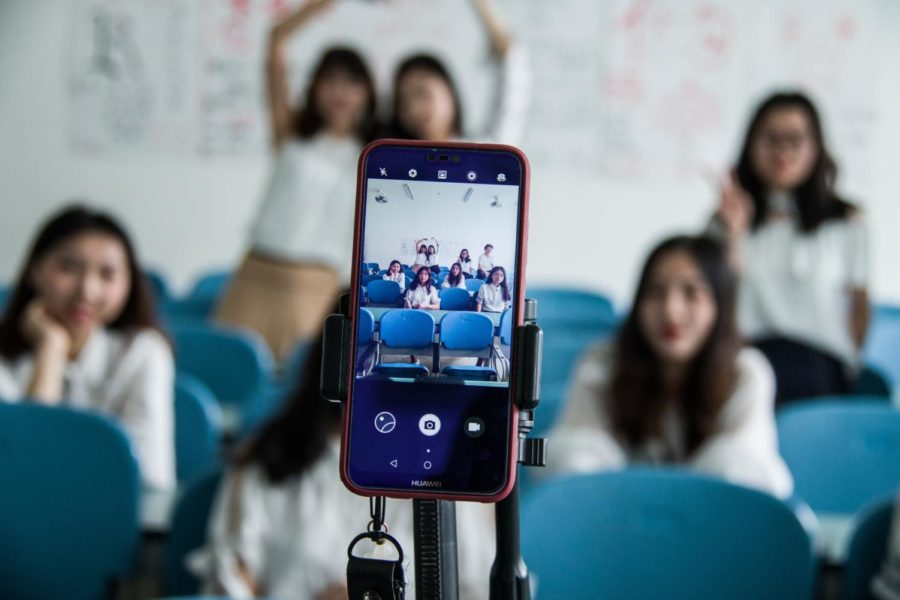Ziemann: Everybody edits
June 17, 2020
When was the last time you saw an advertisement that looked normal? No airbrushed bodies, no weirdly slim waists, no poreless faces. If you really think about it, you’ll realize you may have never seen an advertisement featuring a model that didn’t look inhumanly perfect.
Whether you’re a corporation, a photographer, a graphic designer or just an everyday person on social media, everybody edits photos.
In advertising, images are meant to showcase the product in the best way possible. Product photos are meant to be art, in a way. No one looks at a Big Mac on a billboard and expects to get that same burger in the restaurant. We know it doesn’t work like that.
Today, advertisers are airbrushing more than just burgers. They’re warping human bodies. Models are getting whitewashed, slimmed to unhealthy proportions and distorted into the uncanny valley. And the companies aren’t obligated to tell us.
The hyperreal “perfect model” is bleeding into the collective psyche.
I grew up during the rise of Photoshop. Photo editing had existed beforehand, but the invention of Photoshop made it so much easier. Anyone could airbrush.
And anyone did. I remember seeing these perfect people on billboards, in magazines, everywhere. From 2000 to 2010, advertisers defined masculinity and femininity through these images and children like me ate that up.
The kids from the 2000s grew up into the adults of 2020, and our Instagram feeds tell a not-so-surprising story.
Let’s walk through my personal Instagram process. I choose photos taken with a DSLR and pull them into a photo-editing app where I mattify my skin, brighten the irises of my eyes, whiten my teeth and throw on a brightening filter. I organize the pictures before I post them in a third-party grid app, I apply a filter to the entire grid and, finally, I save and post the finished images.
I’m doing the same things the corporations that raised me did.
It doesn’t have to be this way. We don’t have to be so fake. In fact, there’s a company that thrives on doing just that.
Since 2014, women’s lingerie and clothing company Aerie has refused to retouch their models. Models of color, disabled models and models of every size populate their website. Their skin is real-looking, with cellulite, freckles, moles and stretch marks, which means a lot when the women are only wearing underwear. Customers can see themselves in the models. I see myself in the models.
The best part? It works. According to parent company American Eagle Outfitters’ annual report for fiscal year 2019, Aerie’s sales increased 20 percent annually, contributing to 21 straight quarters of growth.
Just like advertisements don’t have to show the perfect person, your Instagram feed doesn’t have to show a perfect you. Customers still buy products from a company that shows the real, imperfect human body. Your friends will still like your pictures.
It’s time to start showing the world our real selves. Not the edited version.

















